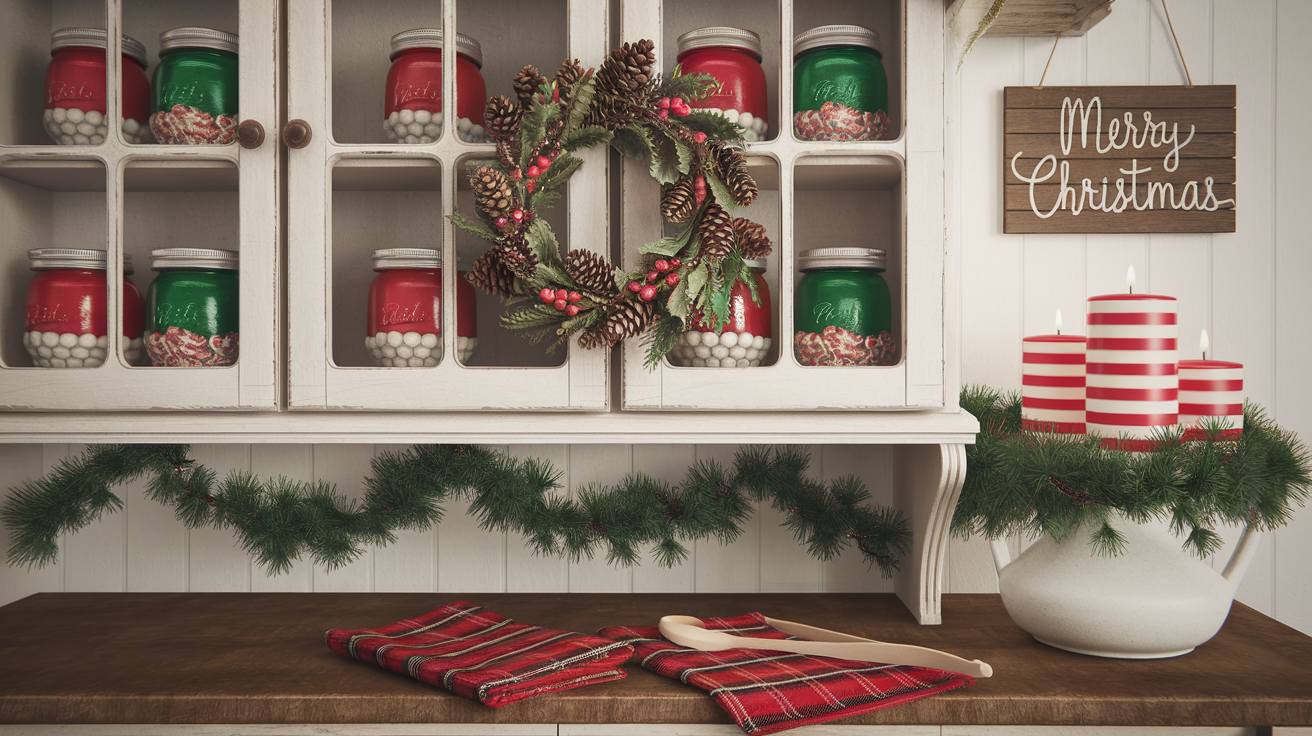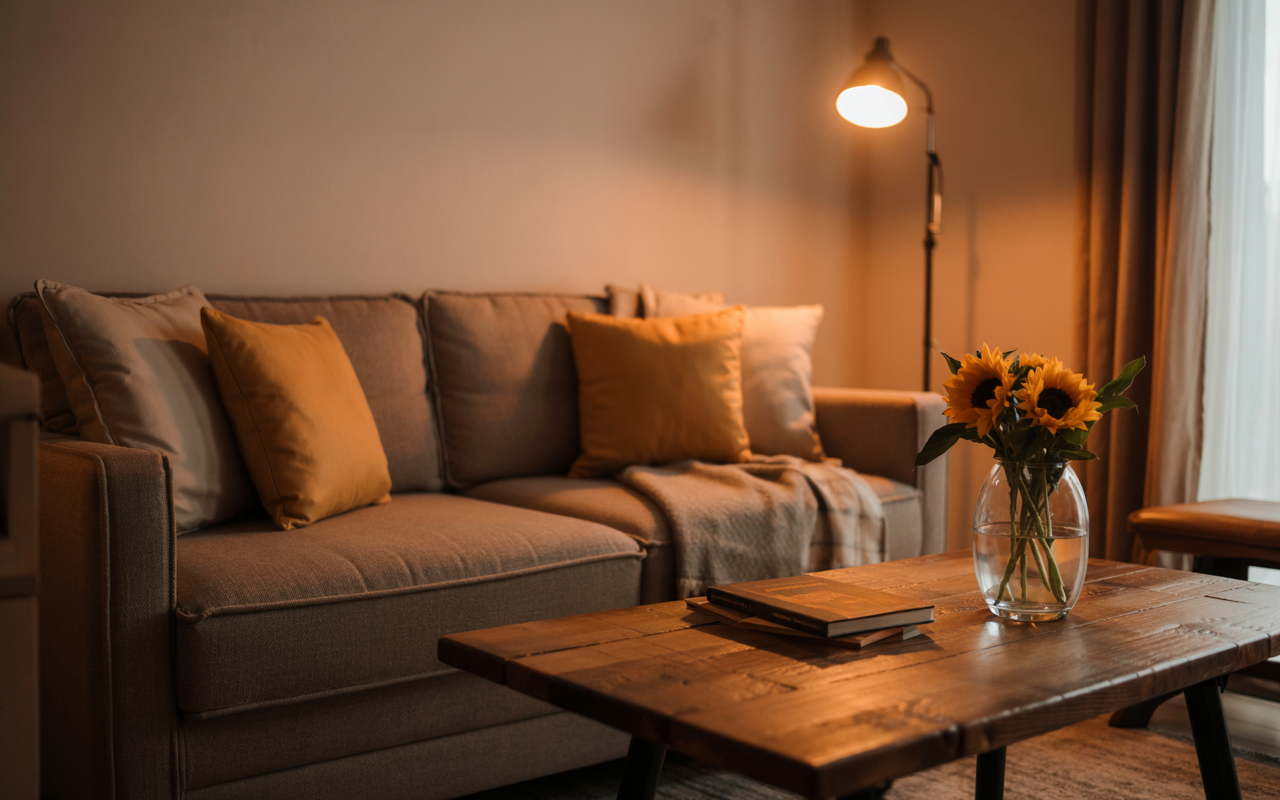When my friend decided to renovate her small bathroom, she wanted something modern, stylish, and practical—a space that felt cozy yet visually striking. We worked on a minimalist design that kept things simple while adding bold accents to make the room feel unique. The result? A beautifully balanced bathroom with terrazzo tiles and warm terracotta tones, creating a perfect mix of elegance and functionality.
Let me walk you through the key elements that made this transformation so special!
Minimalist Foundation with a Touch of Warmth

Minimalism is all about clean lines, uncluttered spaces, and a neutral base, which is exactly what my friend wanted for her bathroom. She opted for white rectangular tiles as a backdrop to keep the space feeling bright and open, while their vertical orientation visually extended the height of the room, making it feel more spacious.
But she didn’t want the bathroom to feel too cold or sterile, so she introduced warm terracotta hues to add depth and character. The terracotta ceiling and vanity create a cozy, inviting atmosphere, bringing a touch of earthy warmth while still keeping the design modern and sophisticated. This choice reflects her love for natural, grounding tones that make the space feel both stylish and personal.
Terrazzo Tiles as a Bold Statement
One of the most striking elements in this design is the terrazzo tiles used on the vanity, floor, and bathtub base. The terrazzo pattern, featuring flecks of different colors, adds a playful and dynamic touch without overwhelming the space. It introduces texture and visual interest while maintaining the room’s minimalist appeal.

Terrazzo is not just about aesthetics—it’s also a practical choice. This durable and low-maintenance material is ideal for bathroom surfaces, ensuring longevity and ease of cleaning.
Smart Space Optimization for a Small Bathroom
When designing a small bathroom, maximizing functionality is crucial. This layout ensures that every inch of space is used efficiently:
- Floating Vanity – The wall-mounted vanity creates a sense of openness by keeping the floor visible, making the room feel more spacious.
- Wall-Mounted Faucets – These enhance the minimalist look while saving space on the vanity.
- Concealed Storage – The vanity drawers provide ample storage without cluttering the space, keeping essentials neatly organized.
Softening the Look with Sheer Curtains
A unique design element in this bathroom is the use of sheer curtains. Instead of traditional shower enclosures or glass dividers, the flowing white curtains introduce a soft, airy feel. They create a sense of movement and elegance while maintaining practicality by preventing water from splashing outside the bathtub area.
Lighting That Enhances the Mood
Lighting plays a crucial role in any bathroom design. Here, the integrated LED lighting behind the round mirror adds a subtle glow, enhancing the ambiance and making the vanity area feel more luxurious. The ceiling’s recessed lighting further accentuates the terracotta tones, creating a warm and inviting atmosphere.

This minimalist bathroom design proves that small spaces can be both stylish and functional. By combining neutral tones with warm accents, terrazzo textures, and smart spatial planning, it achieves a perfect balance of modern elegance and practicality. Whether you’re designing a compact urban apartment bathroom or simply looking for inspiration, this concept offers a timeless yet trendy approach to contemporary bathroom design.

Would you consider incorporating terracotta tones and terrazzo into your bathroom? Let us know in the comments!
Shower vs. Bathtub: Which One is Better for Your Bathroom?
Choosing between a shower and a bathtub depends on your lifestyle, space, and personal preferences. Both options have their advantages and drawbacks, so let’s break them down to help you decide which one suits your bathroom best.

Showers: Efficient and Space-Saving
Advantages:
- Saves space – Ideal for small bathrooms, as a shower takes up less room than a full bathtub.
- Water efficiency – Uses less water compared to a bath, which is great for reducing utility bills and environmental impact.
- Convenience – Perfect for people with busy lifestyles who need a quick and efficient way to freshen up.
- Accessibility – Easier to enter and exit, making it a better choice for elderly individuals or those with mobility issues.
Disadvantages:
- Less relaxation – Doesn’t offer the same comfort as soaking in a warm bath.
- Not ideal for kids – Bathing young children in a shower can be challenging.
- Resale value – Some home buyers prefer bathtubs, which can be a factor if you’re planning to sell your property.
Bathtubs: Luxurious and Relaxing

Advantages:
- Relaxation and wellness – Ideal for unwinding after a long day, especially when combined with bath salts or essential oils.
- Great for families – Easier to bathe young children.
- Aesthetic appeal – Freestanding or built-in bathtubs add a luxurious touch to the bathroom.
- Potential for resale value – Many buyers prefer homes with at least one bathtub.
Disadvantages:
- Takes up more space – Not the best option for small bathrooms.
- Higher water consumption – Filling a bathtub requires significantly more water than a short shower.
- Less accessible – Can be difficult for elderly people or those with mobility issues to get in and out.
- Time-consuming – A bath takes longer than a quick shower, which might not be practical for a busy lifestyle.
Which One Should You Choose?
If you have limited space or prioritize convenience, a shower is the better option. However, if you enjoy long, relaxing baths and have enough room, a bathtub might be worth considering. For the best of both worlds, a shower-bath combo can offer flexibility while maximizing functionality in your bathroom.
Shower Curtain vs. Glass Partition: Which One Should You Choose?
When designing a bathroom, one of the key decisions is whether to install a shower curtain or a glass partition. Both options have their advantages and drawbacks, so let’s compare them to help you make the best choice for your space.

Shower Curtain: Budget-Friendly and Versatile
Advantages:
- Affordable – Shower curtains are much cheaper than glass partitions, making them a budget-friendly option.
- Easy to install – No professional help needed—just hang it on a rod, and you’re done!
- Variety of designs – Available in countless colors, patterns, and materials to match any bathroom style.
- Flexible – Can be easily changed whenever you want to refresh your bathroom’s look.
- Great for small spaces – Doesn’t require extra room for door movement, making it ideal for compact bathrooms.
Disadvantages:
- Less durability – Curtains can get moldy, torn, or worn out over time, requiring regular replacement.
- Water leakage – May not fully contain water, leading to puddles on the floor.
- Cleaning and maintenance – Needs frequent washing to prevent mold and mildew buildup.
Glass Partition: Sleek and Modern

Advantages:
- Stylish and elegant – Adds a sophisticated and modern look to any bathroom.
- Better water containment – Prevents splashing, keeping the floor dry and safe.
- Durable and long-lasting – Made of tempered glass, which is resistant to scratches and breakage.
- Easier to clean – Doesn’t absorb moisture, reducing the risk of mold and mildew.
Disadvantages:
- Higher cost – Glass partitions are more expensive than shower curtains, both in terms of materials and installation.
- Requires professional installation – Unlike a shower curtain, you’ll need experts to install it properly.
- Can take up space – Hinged glass doors need room to open, which might not be ideal for small bathrooms.
- Water spots and smudges – Requires regular wiping to maintain a spotless look.
Which One is Right for You?
- If you’re on a budget, love versatility, and want an easy-to-install option, go for a shower curtain.
- If you prefer a modern, minimalist, and waterproof solution, a glass partition is the better choice.
For those who want a balance between aesthetics and functionality, a fixed glass panel with a shower curtain can provide the best of both worlds!



